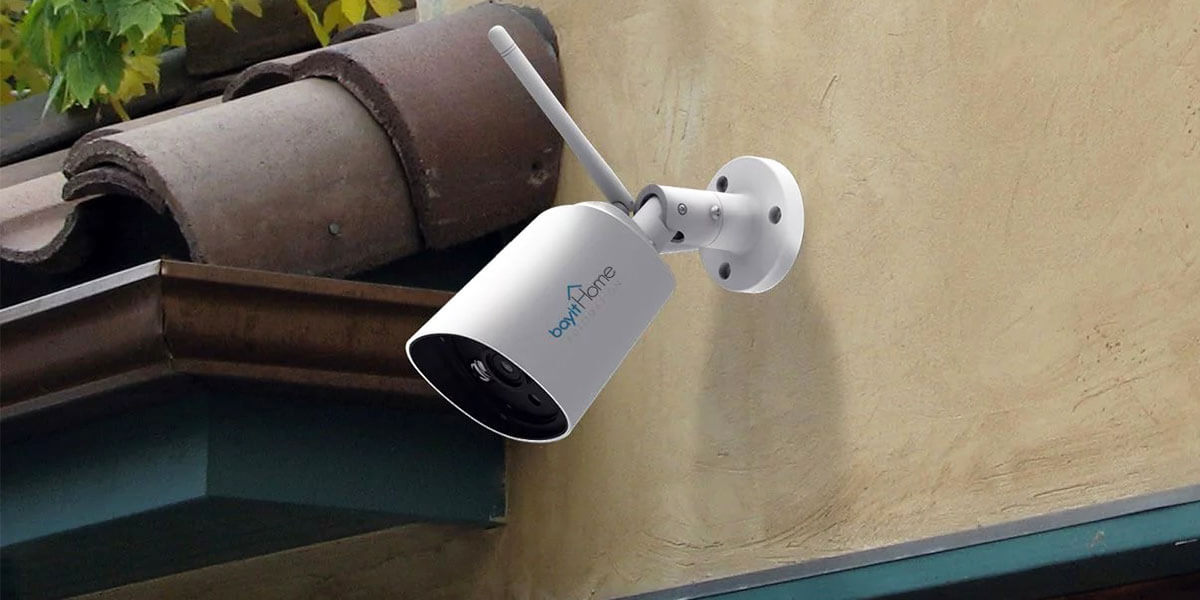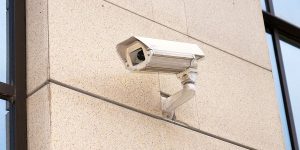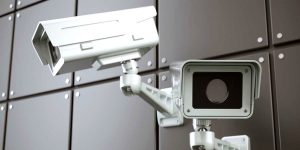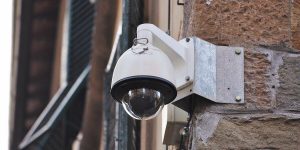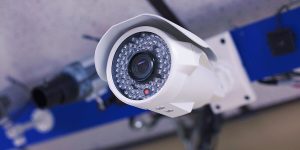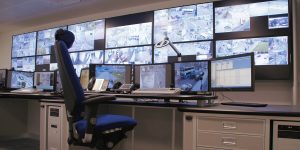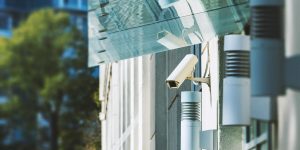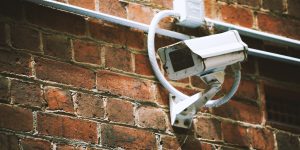It’s no secret that cleaning your CCTV cameras regularly is of great importance, as dust and grime can build up on the lens over time and affect their performance. By keeping them polished, not only will you get crystal-clear footage, but you’ll also extend their lifespan.
I completely understand the importance of your security camera cleaning and how they provide peace of mind. That’s why I’m here to share some vital tips on how to maintain them properly.
So, join me in this guide to learn simple yet effective techniques for keeping your security cameras in top-notch condition.
Tools and materials needed
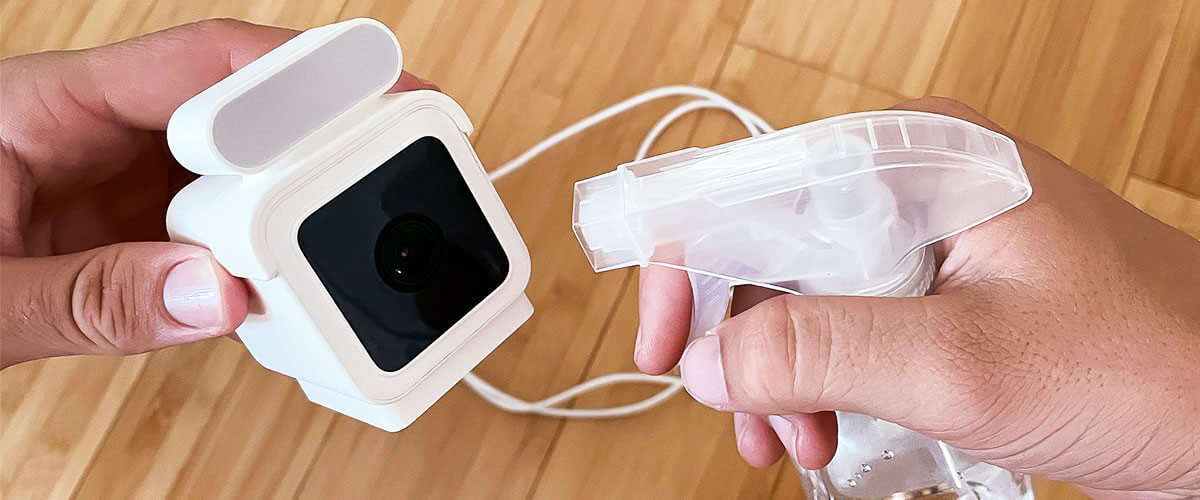
If you want to keep your CCTV cameras in good condition, you need some essential tools. These include a microfiber cloth for gentle cleaning, isopropyl alcohol or lens cleaner for tough spots, a soft brush to dust off, and compressed air for difficult-to-reach spots. If your cameras are installed at a higher point, a ladder or step stool may be required.
Step-by-Step cleaning guide
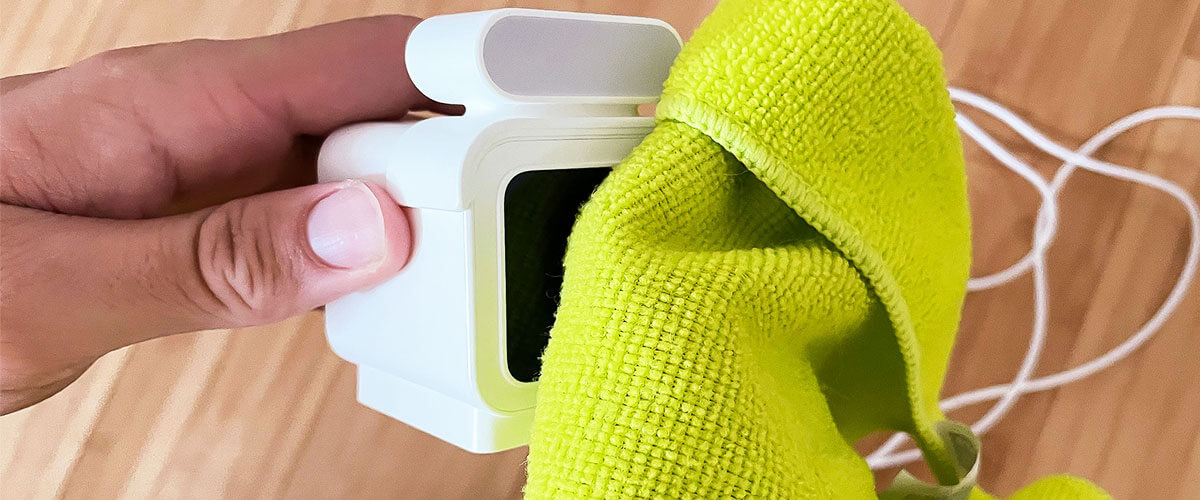
Exterior cleaning
Wiping down the camera body
To avoid any unintended damage while cleaning, it’s important to turn off the camera first. To clean your camera, utilize a cloth that’s soft and free of lint, such as a microfiber cleaning cloth. Be sure to be gentle as you wipe down the body, focusing on areas like buttons, switches, and ports where dust tends to gather. Use a circular motion to remove surface dust and grime. If you come across stubborn spots, slightly dampen the cloth with either water or a mild detergent solution, but be careful not to let any moisture get inside the camera.
Cleaning camera mounts and housings
Inspect the camera mounts and housings for signs of dirt or corrosion. Tighten any loose screws or brackets to ensure the camera remains securely in place. To clean these parts, use a cloth dampened with a mixture of water and a mild detergent. Be cautious not to oversaturate the cloth, as excess moisture can seep into the camera. Consider applying a rust inhibitor for metal components to prevent corrosion in outdoor installations.
Lens cleaning
Gentle dusting with a soft brush
Begin cleaning the CCTV camera lens by removing loose dust and debris. Use a soft brush or lens cleaning brush to sweep away any particles from the lens surface gently. This prevents scratches during the next steps.
Using compressed air for hard-to-reach spots
Compressed air can be invaluable for reaching tight spaces around the lens and inside crevices. Use short bursts of compressed air to dislodge any remaining dust or dirt. Ensure the camera is still turned off to prevent particles from being blown into the internal components.
Wiping with a microfiber cloth and cleaner
For a thorough lens cleaning, apply a few drops of specialized lens cleaning fluid to a microfiber cloth designed for optics. Microfiber cloths are gentle on the lens and highly effective at removing smudges and fingerprints. Gently wipe the lens surface in a circular motion, working from the center outwards. Avoid pressing too hard, as excessive force can damage the delicate lens coating.
Interior cleaning (if applicable)
Accessing the camera interior
If you suspect bugs, dust or dirt has made its way inside the camera housing, consult your camera’s user manual for instructions on safely accessing the interior. Sometimes, you may need to remove screws or panels to gain access. Ensure the camera is disconnected from power before attempting any internal cleaning.
Dusting and cleaning internal components
Use a soft brush or compressed air inside the camera housing to carefully remove loose dust from internal components. Pay attention to the image sensor and other sensitive electronics. If there is visible dirt or residue, use a lint-free cloth lightly dampened with isopropyl alcohol to clean it. Take extreme care not to touch the lens or any electronic connections, as these are highly sensitive components.
Post-cleaning maintenance
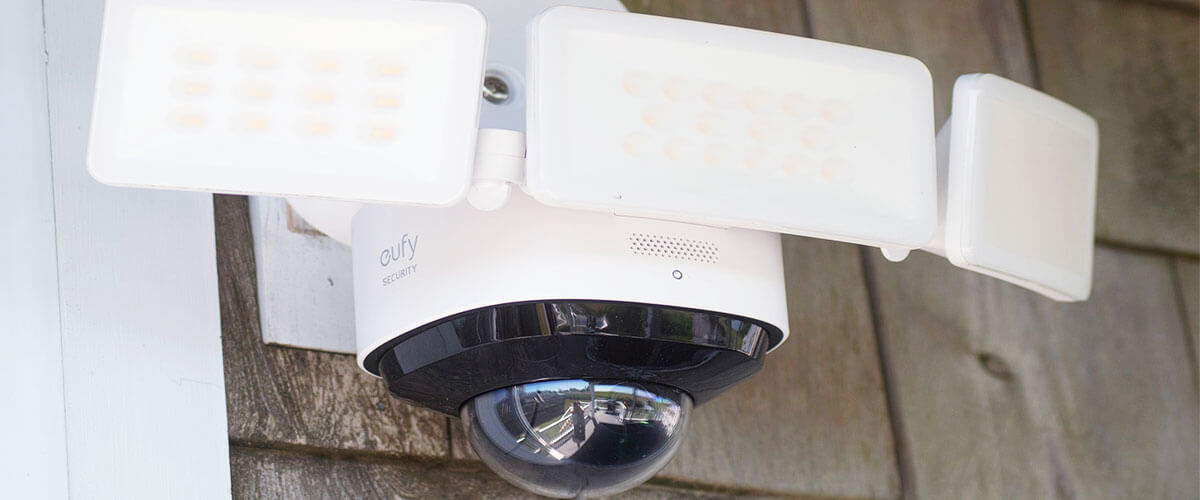
After successfully cleaning your security cameras, performing some post-cleaning maintenance is essential to ensure they continue to function optimally. Here are two critical steps to take:
- Checking camera alignment and focus: Over time, camera mounts or fixtures can shift, causing the camera’s alignment to drift or lose focus. After cleaning, verify that your cameras are still pointing in the right direction and that the focus is sharp. You can access your camera’s live feed through your monitoring system and make any necessary adjustments. A well-aligned and focused camera provides clear and accurate surveillance footage.
- Testing camera functionality: Once the camera is clean and properly aligned, you should test its functionality. Check if all the camera’s features, such as motion detection or night vision, work as expected. Review recent footage to ensure there are no glitches or issues. Regularly testing your camera’s functionality helps identify potential problems early, allowing for timely maintenance or replacements if needed.
Incorporating these post-cleaning maintenance steps into your routine ensures that your security cameras remain reliable and effective in safeguarding your property.
Common cleaning mistakes to avoid
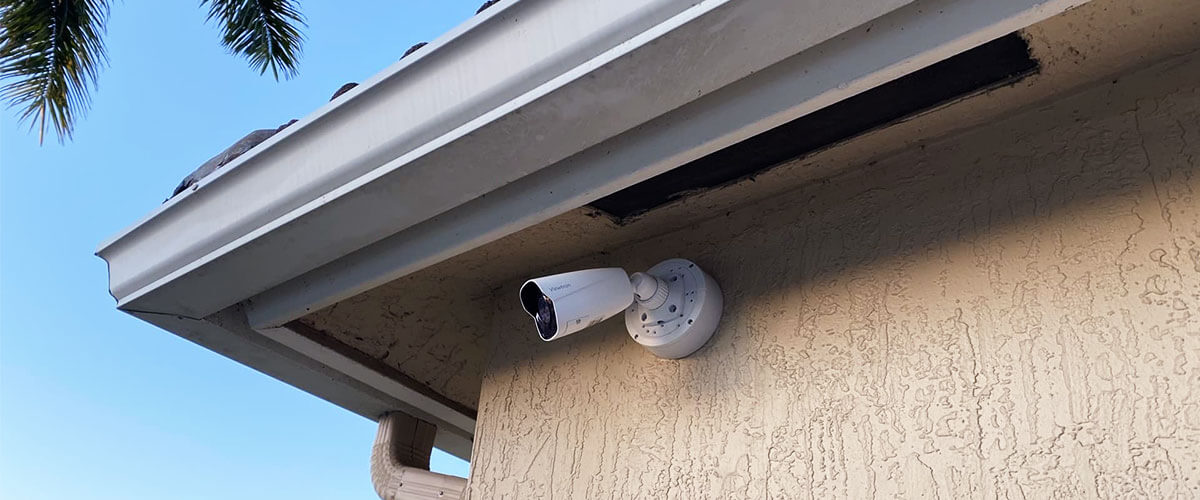
Using harsh or abrasive materials
One of the most crucial mistakes is using abrasive materials like paper towels, rough cloths, or even scouring pads to wipe your camera lenses. These can scratch the lens or protective housing, leading to blurry or distorted footage. Instead, use soft, lint-free microfiber cloths to gently clean the surface.
Spraying cleaner directly onto the camera
Never spray cleaning solutions directly onto your security cameras. This can result in excess liquid seeping into sensitive components and potentially causing electrical damage. Instead, apply the cleaner to your cloth and gently wipe the camera lens and housing.
Overcleaning or using excessive force
Overcleaning can do more harm than good. Frequent cleaning is important, especially in dusty environments, but avoid excessive force. Scrubbing too hard can damage the camera’s protective coatings or even misalign the lens. A gentle touch is all that’s needed.
Remember, proper maintenance is vital for your CCTV cameras to perform at their finest. Avoid these common mistakes, and you’ll have clear, reliable surveillance for years to come!
